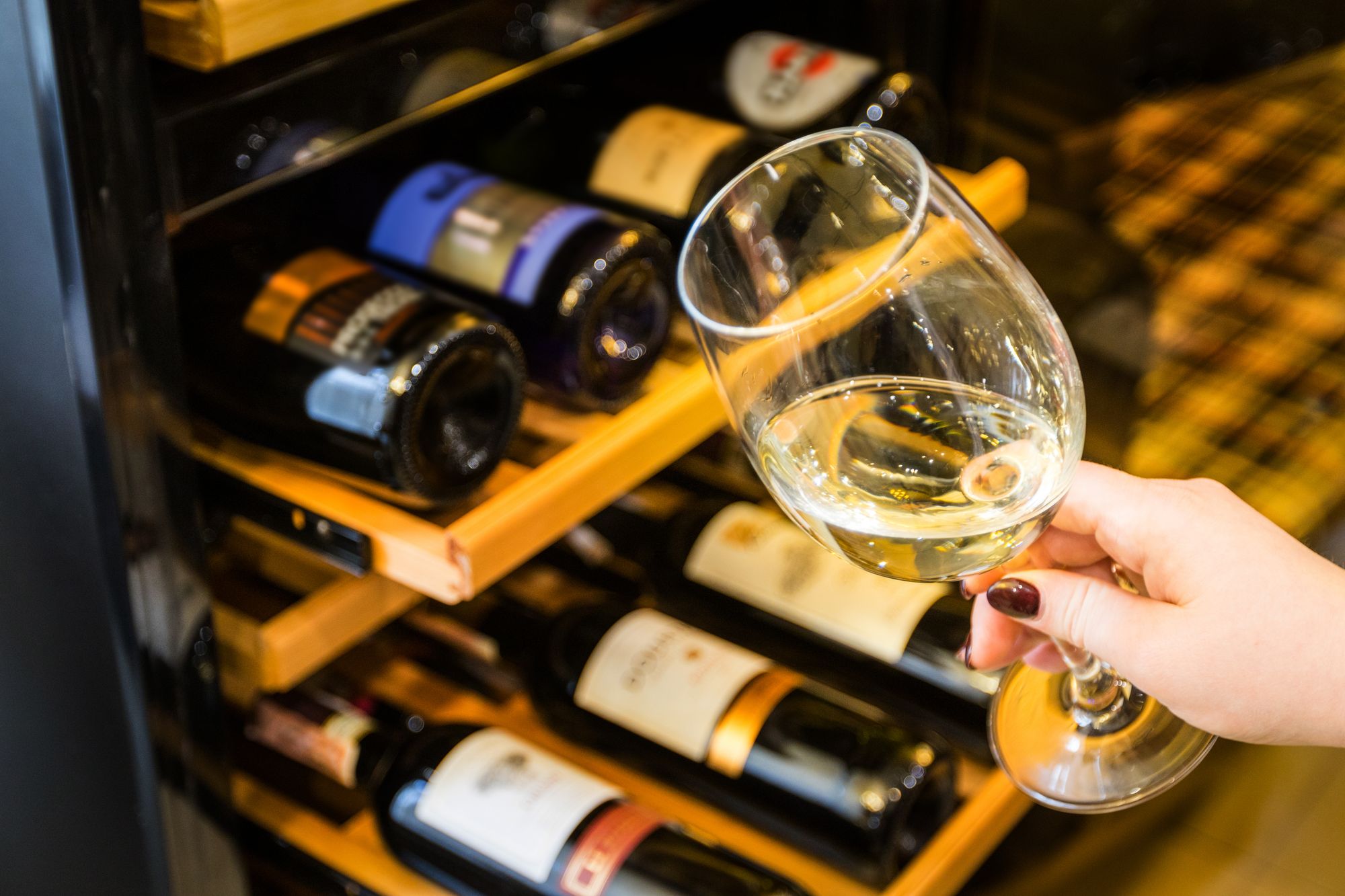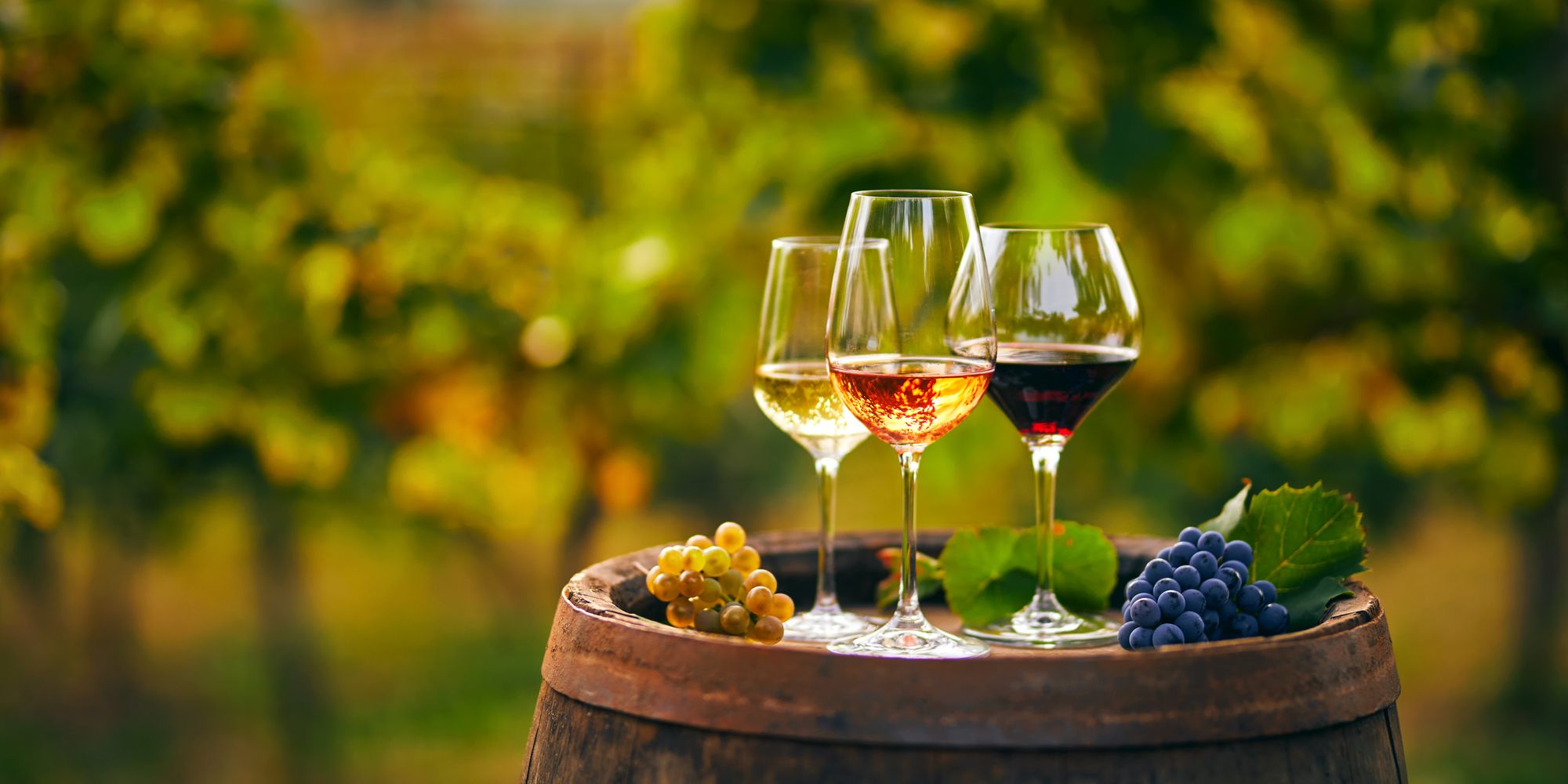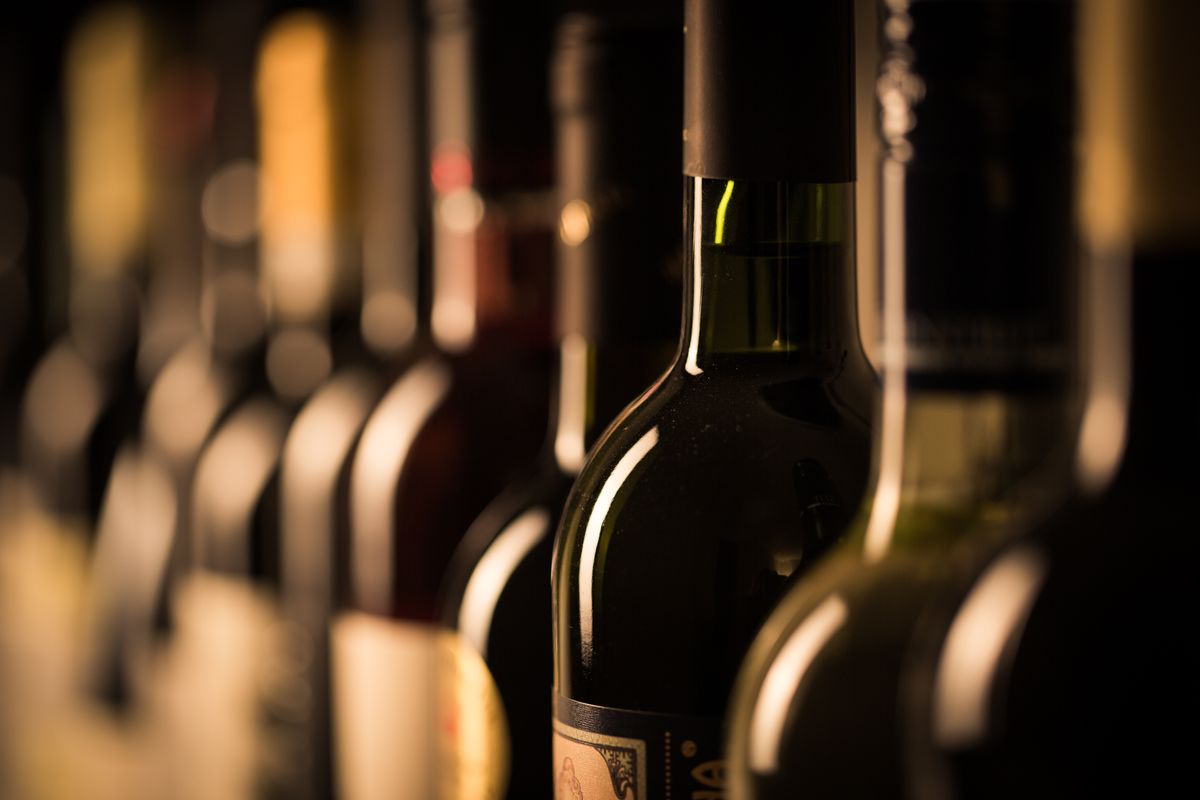An unopened wine bottle possesses the remarkable potential to mature gracefully over the course of several years, with many varieties exhibiting even greater excellence as they age. However, the moment you uncork the bottle, you significantly curtail the potential lifespan of this alcoholic elixir. Sharing a beloved cabernet sauvignon with guests at a dinner soirée or presenting a delicate and refreshing pinot grigio for a picnic, with the intention of enjoying the entire contents, presents no immediate dilemma. Yet, on those occasions when you seek only a glass or two, the prospect of squandering the remainder of the bottle or compromising its flavor by not consuming it promptly can be disheartening. Fortunately, armed with the right knowledge, you can effectively extend the post-opening endurance of your wine.
Before delving into the assortment of techniques aimed at prolonging the lifespan of your opened wine, it is prudent to comprehend the rapid deterioration of this alcoholic beverage upon exposure. Wine is the outcome of fermenting grape juice, a process driven by yeast that converts juice sugars into ethanol (alcohol) and carbon dioxide, resulting in the delightful effervescence. Within an unopened bottle, fermented wine boasts remarkable stability. However, once the cork is extracted or the cap removed, the liquid instantaneously becomes susceptible to oxygen contact, initiating a phenomenon termed "oxidation." This chemical reaction accelerates the spoilage of the wine. Following exposure to oxygen subsequent to uncorking or unsealing, the wine can turn bitter, leading to a decrease in antioxidant concentration and specific volatile compounds crucial to the wine's aroma, along with potential alterations in color. Regrettably, even if you attempt to reseal the bottle with the cork, the wine's degradation can proceed swiftly.
To mitigate the adverse effects of oxidation and decelerate the process that culminates in the deterioration of your cherished wine, we consulted experts and sommeliers to glean their most valuable insights, tips, and strategies. Continue reading to uncover their expert advice.
1) Store it in the Refrigerator

In an ideal scenario, a personal cold, dimly lit wine cellar would be the haven for safeguarding your cherished bottles. However, since this luxury eludes most, your refrigerator emerges as a viable alternative. Given the ongoing oxidation process, wine's quality declines once exposed. Nevertheless, maintaining cool temperatures proves advantageous. Laura Raimondi, proprietor of La Sicilyana Wines, elucidates, "Elevated temperatures hasten oxidation."
"The refrigerator serves to impede the inexorable decline of opened wine," notes Joe Mele, co-host of The Wine Pair Podcast. "Temperature wields profound influence."
For reds and whites residing within the fridge, reinserting the original cork is the initial step. When that's unviable, a rubber cork suffices.
In the refrigerator, opened wine boasts an extended lifespan, "approximately 3 days for reds and 5 days for whites," discloses Matt Delgado, Food + Beverage Director and sommelier at Panzano. Notably, sweet wines endure for several weeks.
Managing chilled wines like white or rosé is straightforward, but what about a refined red? To restore the proper serving temperature, "allow red wine to rest outside the fridge for at least 20 minutes prior to pouring," advises Audrey Wayne, a level III sommelier known as The Single Somm on TikTok.
2) Preserve Sparkling Wine with Plastic Wrap
While not inherently elegant, this advice offers more time with your opened bottle. "For sparkling wines, where the original cork won't suffice, seal with plastic wrap secured by a rubber band," instructs Mele. This makeshift method maintains effervescence and bars oxygen infiltration, potentially surpassing the efficacy of the original cork due to its porous nature.
3) Transfer Leftover Wine to a Smaller Container

When only a portion of wine is consumed, experts propose transferring the remainder to a smaller vessel. This minimizes the surface area exposed to oxygen, thereby retarding deterioration. Although it necessitates foresight and preparation, this practice proves pivotal for preserving wine. Raimondi recommends half bottles or smaller containers, emphasizing, "Reducing the air space limits oxygen exposure, safeguarding wine quality." A glass jar can suffice in the absence of a small wine bottle.
4) Harness the Power of a Wine Pump
A wine pump stands as an alternative to transferring wine to a new container. Wayne advocates investing in this device, emphasizing its efficacy in removing residual oxygen. "Oxygen is the culprit behind spoilage," she clarifies. "A wine pump evacuates excess oxygen from the bottle with a few quick pumps, negating the need for decanting."
5) Secure the Fizz with a Champagne Stopper

Enthusiasts of celebratory champagne can benefit from a specialized champagne stopper. Once the cork pops, resealing it is unfeasible. Wayne recommends a champagne stopper designed to maintain effervescence and prevent spoilage. This stopper adapts to bottle pressure, effectively sealing the contents. Raimondi confirms that refrigeration, coupled with a champagne stopper, sustains carbonation and suppresses oxidation. However, sparkling wines should ideally be consumed within one to two days due to their delicate nature.

